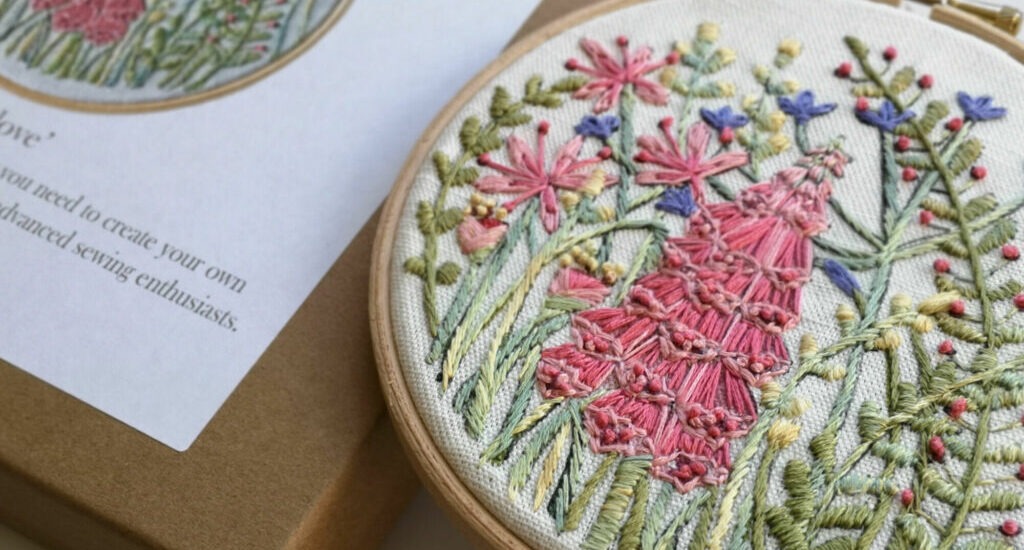- November 14, 2022
- Posted by: Andrew
- Category: Uncategorized

Expert embroiderers are masters of the finer points, using a variety of conventional stitching methods to create exquisite designs on apparel, accessories, and home décor items. Professional embroiderers create embellishments on an item using both traditional sewing techniques and modern technologies. Large-scale garment brands, merchants, or design firms frequently hire embroiderers. Alternatively, they may work on their own as independent contractors.
- Pick out the ideal fabric for your undertaking.
Before beginning any embroidery job, think about the type of stitching you’re going to accomplish and then choose the materials that will assist you get the greatest results. For instance, if you’re planning a piece that will be extremely densely embroidered, something that will be a-splash with a variety of threads of various weights and colors all done in close proximity. It wouldn’t be wise to choose a delicate, flimsy cloth in this situation. The embroidery would be vulnerable to puckering and distortion since it wouldn’t support the stitching. Medium to heavy weight linen or cotton twill would be ideal in this case.
- Select the appropriate needle.
Consider the type and the size of embroidery needles when purchasing them. For instance, using a tapestry needle to create bullion knots on a surface embroidery piece that calls for several bullion knots on a tightly woven silk fabric would be incorrect. Every time a bullion stitch was made, dissatisfaction would result from the tapestry’s dull point’s inability to effectively pierce the fabric and it’s enlarged, protruding eye. Instead, a milliner’s needle, or a straw needle in some countries, is the ideal needle for bullion knots and other comparable stitches. This needle’s pointed tip makes it the perfect choice for cutting through wrapped stitches, and it is simple to penetrate even the tightest of fabrics.
- Pick a transfer technique that works for the type of embroidery you’re undertaking.
Depending on the project, it may not matter if your embroidery design transfer is permanent because you will be stitching over every line of the design. The design lines aren’t always totally covered, though. For instance, you’ll want the design line that delineates the shape of the leaf to disappear after the project is complete if you’re embroidering a leaf with an open.
- Your threads should be shorter than you anticipate.
After all that slipping in and out of the cloth, the thread begins to deteriorate. If you stitch with particularly lengthy lengths of thread, your stitches frequently won’t look as crisp and new as they could if you stitch with shorter lengths and changed to fresh threads more frequently, even if you don’t notice it immediately away.
- Pay attention to the tension of every stitch.
The cloth shouldn’t be pulled by the stitches; they should instead rest softly on it. In addition to not being too loose, they also shouldn’t be too tight. Your stitches are being pulled too tight if the needle holes start to pull open as you make the stitch.
Bottom line:
It’s sometimes beneficial to see a mistake as a chance to grow. A mistake might occasionally present a chance for creativity. Don’t allow a stitching error to keep you from finishing your project. Make the error a part of the project instead of trying to fix it if you’re not up to the task or if it has grown too big to overcome.
